Focal hero: photography legend William Klein on 70 years of pioneering image-making
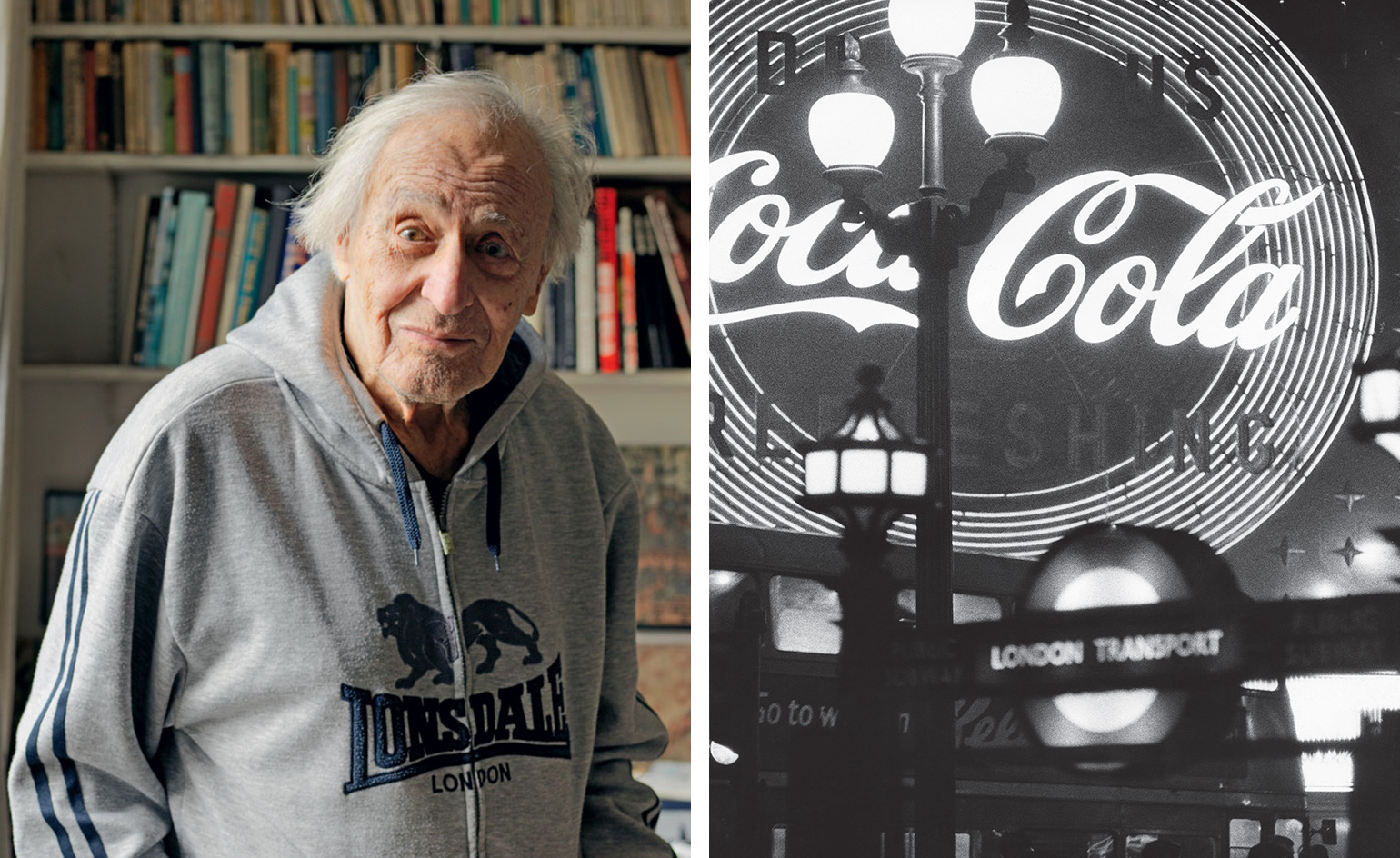
Now almost 90 and still working, William Klein is one of the giants of 20th-century photography. His work includes gritty street shots such as the collection Life is Good & Good for You in New York, groundbreaking fashion images for US Vogue, documentary and fiction films such as Muhammad Ali, The Greatest and Who Are You, Polly Maggoo?, as well as abstract painting and photography. In all cases, Klein’s graphic punch and sassy wit are instantly recognisable. At Photo London at Somerset House, 18-21 May, he will present two new 9m photographic murals.
Wallpaper* talked to the artist in his Paris apartment about these works and his 70 years of pioneering image-making...
W*: Where did it all begin?
WK: I was born in Harlem, New York, in 1928. I loved art and hung out at the Museum of Modern Art. It showed painting and sculpture, but also photography, graphic design and movies. It was like a second home to me. I wanted to get to Europe, to be a painter. I was in Paris by 1947, studying in the studio of Fernand Léger. He thought young artists should look beyond the gallery – to architecture, the street, new media. I went pretty quickly from figurative painting to abstract murals. Then a Milanese architect asked me to turn a mural into a room divider made of rotating panels. With my wife, Jeanne, I was photographing these panels and, in the camera’s long exposure, the rotations blurred, creating new forms. That was kind of interesting. So I went into my darkroom and made abstract photos, with light shining through shapes cut in pieces of card, moving them around to produce patterns on the paper.
That’s a quick hopscotch! This moving between media is reminiscent of the Bauhaus.
The Bauhaus approach really impressed me. Having no rules, experimenting – that was how I felt. I wanted the freedom to explore what was possible. I had a few shows of those abstracts and, in a 1954 exhibition in Paris, they were seen by Alex Liberman, the art director at US Vogue. He asked if I wanted to work for him. I was getting into 35mm photography, shooting on the streets, and I wanted to see New York again. When I got there, it was a mess. Dirty and chaotic. I went about showing it in grainy black and white. Vogue was paying for all my materials so I shot like crazy, all over the city. And at night I printed like crazy, going through boxes and boxes of paper. It soon turned into a book, but it was too harsh for an American audience, too negative for the 1950s. I published it in Europe.
That photobook, New York (1956), became incredibly influential. I hear you did everything on it.
Yeah, the photos, the layout, the captions written in a kind of Dada-tabloid jargon. It was really graphic, with over-inked blacks and a candy-coloured cover.
It was the opposite of Vogue.
I wasn’t trained in photography. I had no technique, so it was all improvised. But I liked blur, and grain. I was intimidated by the two great fashion photographers, Irving Penn and Richard Avedon. My first Vogue work was still-life pictures of shoes and fabrics, in the style of Penn. But soon Liberman allowed me to work with the models. He was an artist himself, open to ideas, and I wanted to experiment. I would take the models into the busy street and shoot them there, or bring the street into the studio in the form of photographic backdrops.
For a few years you switched between the slickness of Vogue and some wild, in-your-face documentary photography. Those are different worlds, although there’s performance in both
Fashion was really fun, very glamorous, and it opened some doors to other things I was interested in doing.
You made photographs for Vogue in 1962 where the models are surrounded by squiggles of light.
Those were double exposures. First, I would shoot the model. She then held the pose and we turned off all the lights in the studio. In a second exposure, lasting a few seconds, an assistant would use a flashlight to draw shapes in the air around the model’s body. The result was terrific, I thought. It brought those early abstract experiments into my fashion work.
Were you free to do what you wanted at Vogue?
Pretty much. I was on a monthly salary – not a lot, but enough to live on. I would come up with a visual idea and, if it was good, Liberman would say, ‘OK, we need eight, ten, 12 pages on the latest fashion collection.’
One of the models on that 1962 shoot was Dorothy McGowan, right?
Dorothy was a street kid from Brooklyn. She could improvise, she always knew the frame I was using, and fitted into anything. A few years later, she was the star of my movie Who Are You, Polly Maggoo? (1966).
You had made documentary films before that, including a terrific study of the young Cassius Clay (Cassius, le grand, 1964-5). But Polly Maggoo was a fictional satire of the fashion industry.
I was an insider so I knew the crazy reality of fashion. I shot the movie in France. Dorothy plays a naive ‘American in Paris’ who becomes a famous model. I was working for French Vogue, too, so the movie has a lot of gags about the Parisian fashion scene.
It’s easy to ridicule the fashion world, but your film also has a tender heart.
Polly Maggoo was a vulnerable character. She goes on quite an emotional journey, from obscurity to fame, so Dorothy had some pretty demanding scenes. She went to the Actors Studio in New York to prepare.
Beyond the printed page, you have been innovative with the way your images are presented. At Tate Modern, 2012-13, you had large framed prints, images pasted directly to whole walls, books, magazine covers and movie projections.
It goes back to my painting. I was always thinking about scale and space – the architecture of display. Today, of course, it’s quite easy to make images any size you want and print them on different materials. In a recent show inside the cathedral in Rouen, France, I had my abstract photographic images printed on fabric, hanging like banners in the middle of the space. And during the week of Photo London, there will be two 9m murals in the courtyard of Somerset House.
What images are included in the murals?
A mixture of the Vogue light portraits and stills from Polly Maggoo.
You’ve made photographs and films all over the world. Did you ever shoot in London?
Sure. By the time I began working for British Vogue, I was a bit of a star, which made things easier. I did some documentary projects for London magazines like Town and Queen, and I explored Britain with my wife. I thought Wales was wonderful. We were driven around at high speed by a poet and stayed in a castle. Scotland, too – even the island of Harris, which was like being in a movie. When we signed the hotel register, the name before ours was Alfred Hitchcock! I was photographing all the time. I’m putting together a book of that work.
Your British pictures will come as a great surprise. Are there more hidden gems in your archive?
For a long time, I never really looked back. Now there’s such a large body of work, going all the way back to the 1940s – there are things to rediscover. Some of the images for the Photo London murals haven’t been seen since those Vogue pages, more than 50 years ago.
As originally featured in the June 2017 issue of Wallpaper* (W*219)
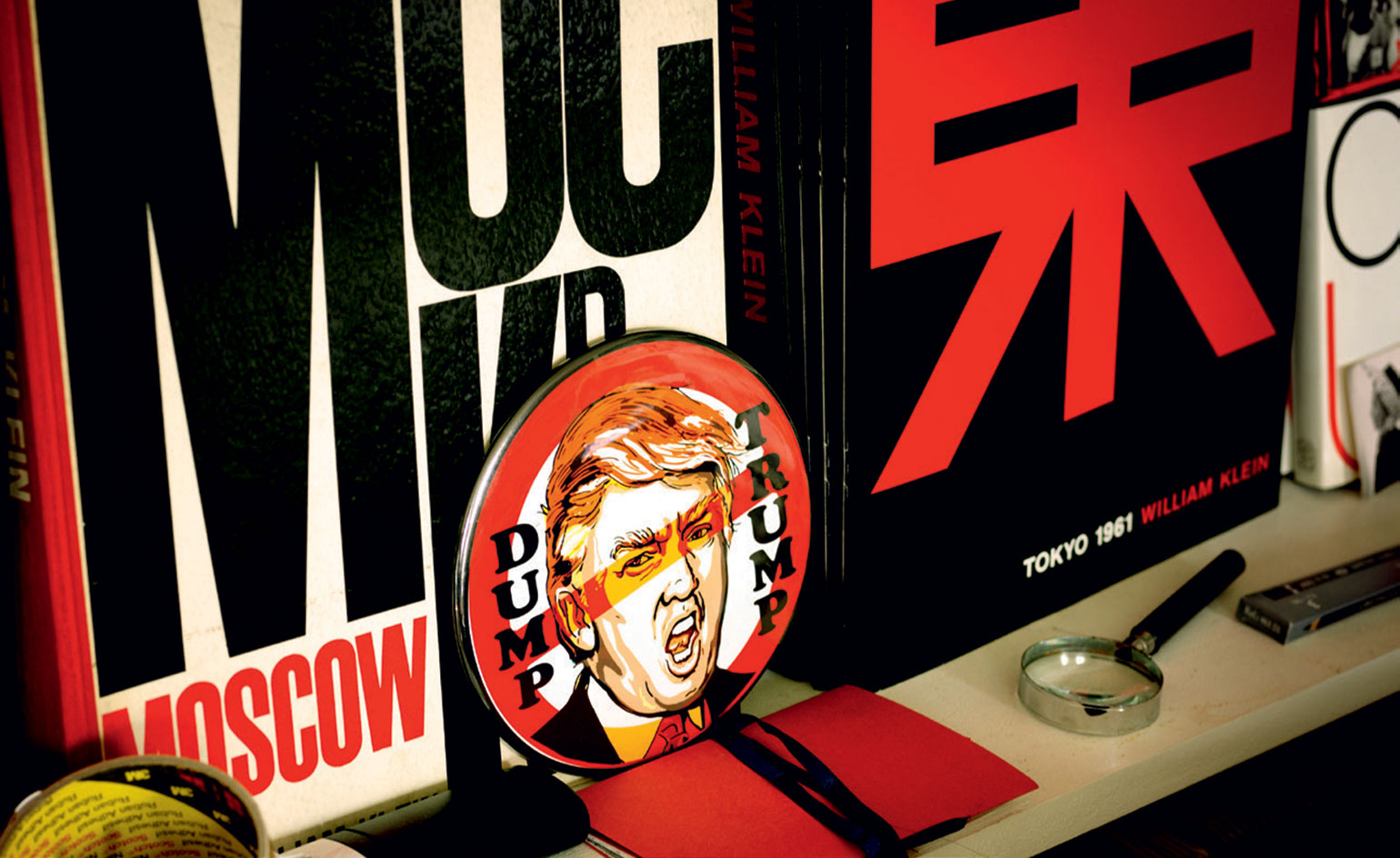
On Klein's shelves, Moscow and Tokyo, from his series of city books
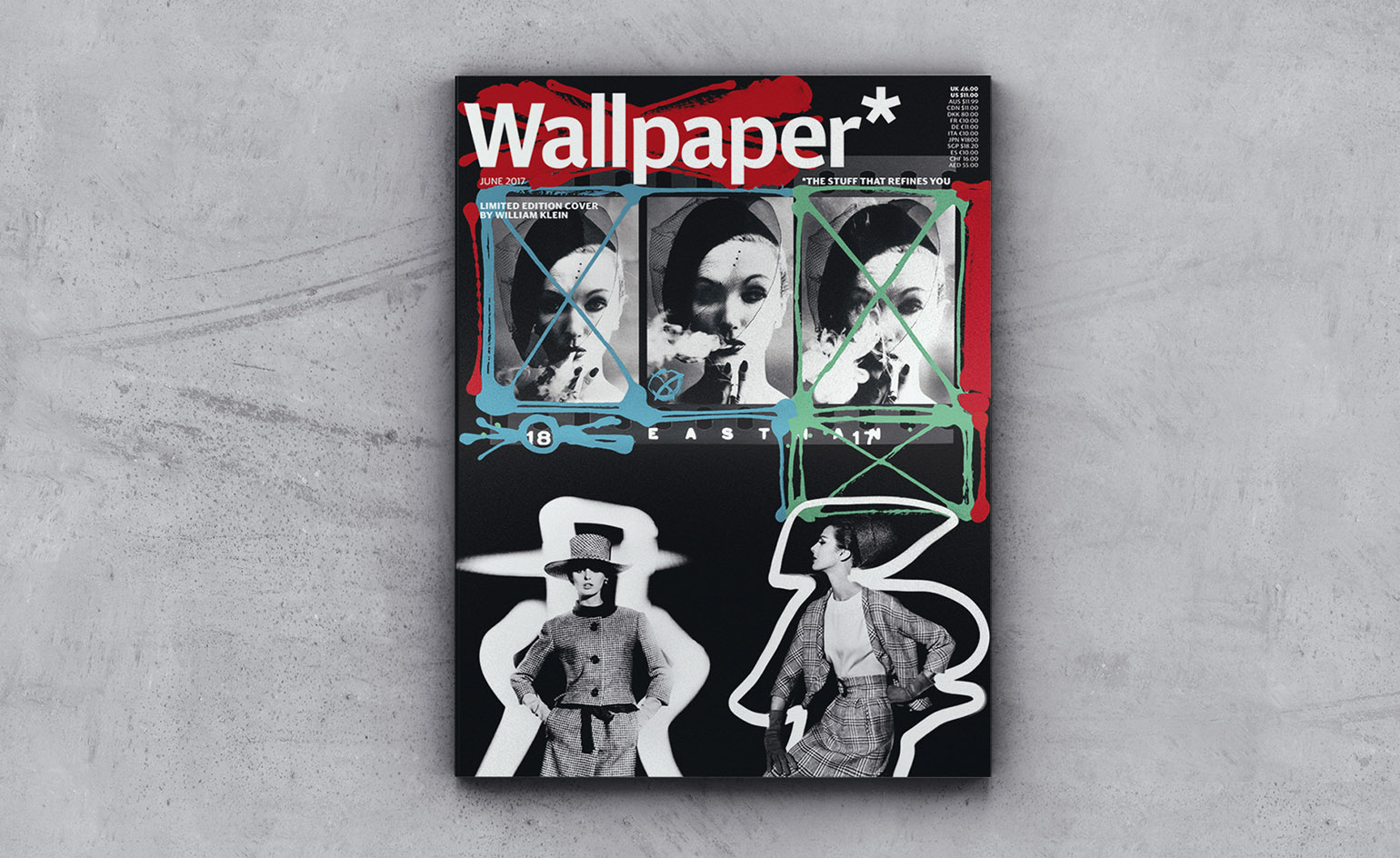
Klein created our special cover based on his new murals for Photo London and including two previously unseen images from his 'Fashion with Light Drawings' series. Limited-edition covers are available to subscribers
INFORMATION
The Pavilion Commission by William Klein, a new two-part mural presented in association with HackelBury Fine Art, will be on view at Photo London from 18-21 May. Klein is in public conversation with David Campany at the National Portrait Gallery on 19 May. For more information, visit the Photo London website and the National Portrait Gallery website
ADDRESS
Somerset House
Strand
London WC2R 1LA
Wallpaper* Newsletter
Receive our daily digest of inspiration, escapism and design stories from around the world direct to your inbox.
-
 Extreme Cashmere reimagines retail with its new Amsterdam store: ‘You want to take your shoes off and stay’
Extreme Cashmere reimagines retail with its new Amsterdam store: ‘You want to take your shoes off and stay’Wallpaper* takes a tour of Extreme Cashmere’s new Amsterdam store, a space which reflects the label’s famed hospitality and unconventional approach to knitwear
By Jack Moss
-
 Titanium watches are strong, light and enduring: here are some of the best
Titanium watches are strong, light and enduring: here are some of the bestBrands including Bremont, Christopher Ward and Grand Seiko are exploring the possibilities of titanium watches
By Chris Hall
-
 Warp Records announces its first event in over a decade at the Barbican
Warp Records announces its first event in over a decade at the Barbican‘A Warp Happening,' landing 14 June, is guaranteed to be an epic day out
By Tianna Williams
-
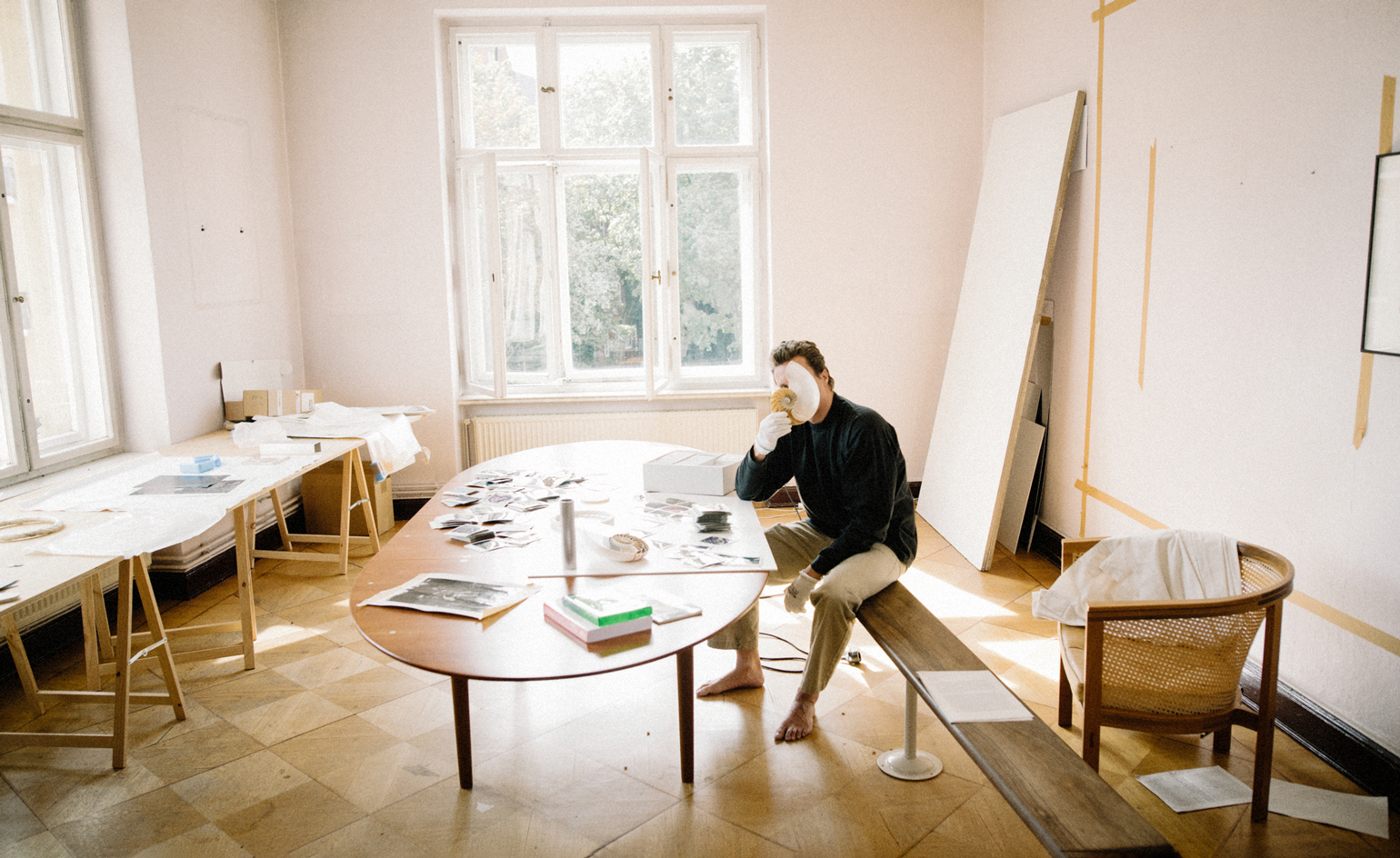 Cyprien Gaillard on chaos, reorder and excavating a Paris in flux
Cyprien Gaillard on chaos, reorder and excavating a Paris in fluxWe interviewed French artist Cyprien Gaillard ahead of his major two-part show, ‘Humpty \ Dumpty’ at Palais de Tokyo and Lafayette Anticipations (until 8 January 2023). Through abandoned clocks, love locks and asbestos, he dissects the human obsession with structural restoration
By Harriet Lloyd-Smith
-
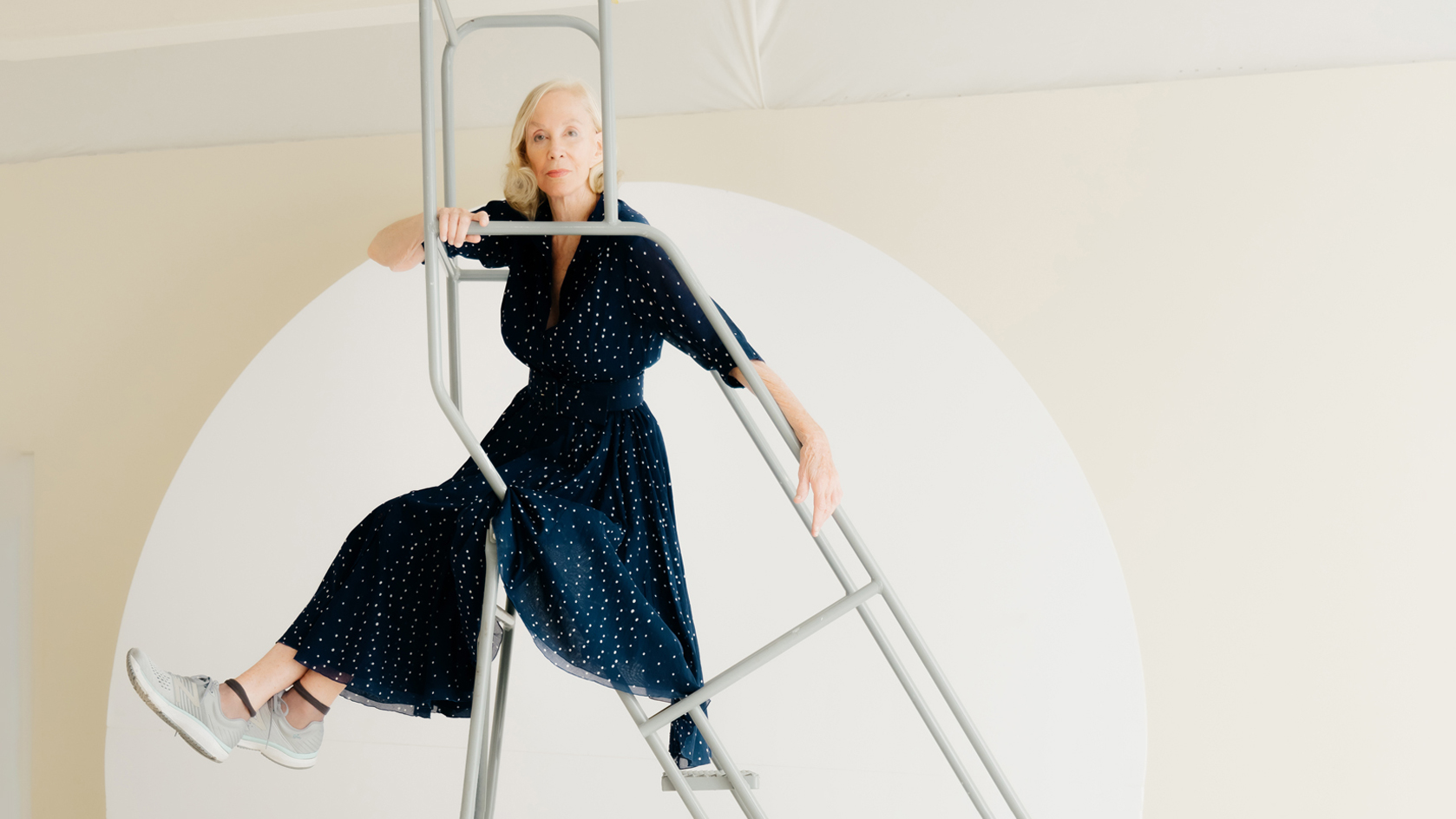 Year in review: top 10 art interviews of 2022, chosen by Wallpaper* arts editor Harriet Lloyd-Smith
Year in review: top 10 art interviews of 2022, chosen by Wallpaper* arts editor Harriet Lloyd-SmithTop 10 art interviews of 2022, as selected by Wallpaper* arts editor Harriet Lloyd-Smith, summing up another dramatic year in the art world
By Harriet Lloyd-Smith
-
 Yayoi Kusama on love, hope and the power of art
Yayoi Kusama on love, hope and the power of artThere’s still time to see Yayoi Kusama’s major retrospective at M+, Hong Kong (until 14 May). In our interview, the legendary Japanese artist vows to continue to ‘create art to leave the message of “love forever”’
By Megan C Hills
-
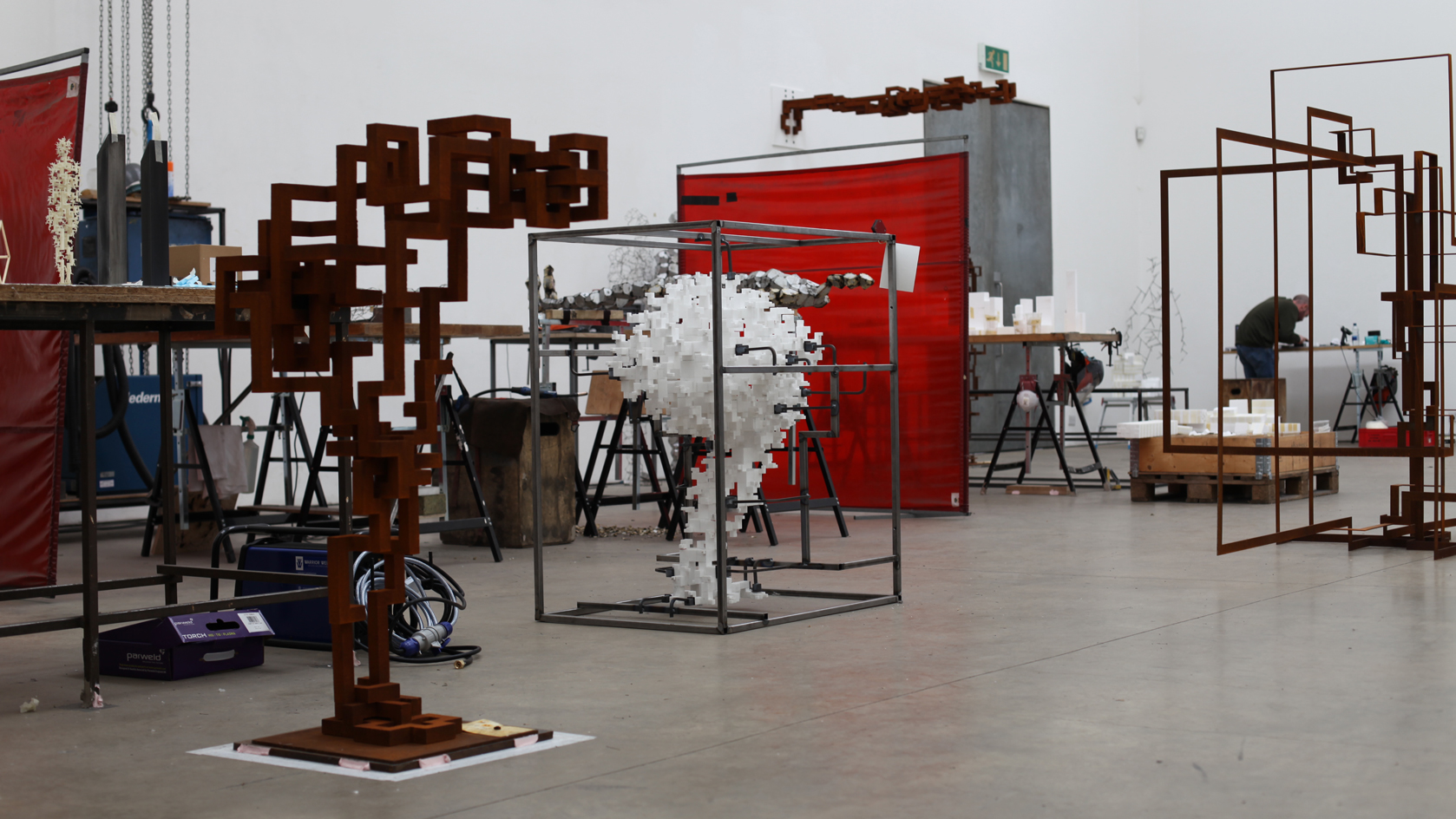 Antony Gormley interview: ‘We’re at more than a tipping point. We’re in a moment of utter crisis’
Antony Gormley interview: ‘We’re at more than a tipping point. We’re in a moment of utter crisis’We visit the London studio of British sculptor Antony Gormley ahead of his major new show ‘Body Field’ at Xavier Hufkens Brussels
By Harriet Lloyd-Smith
-
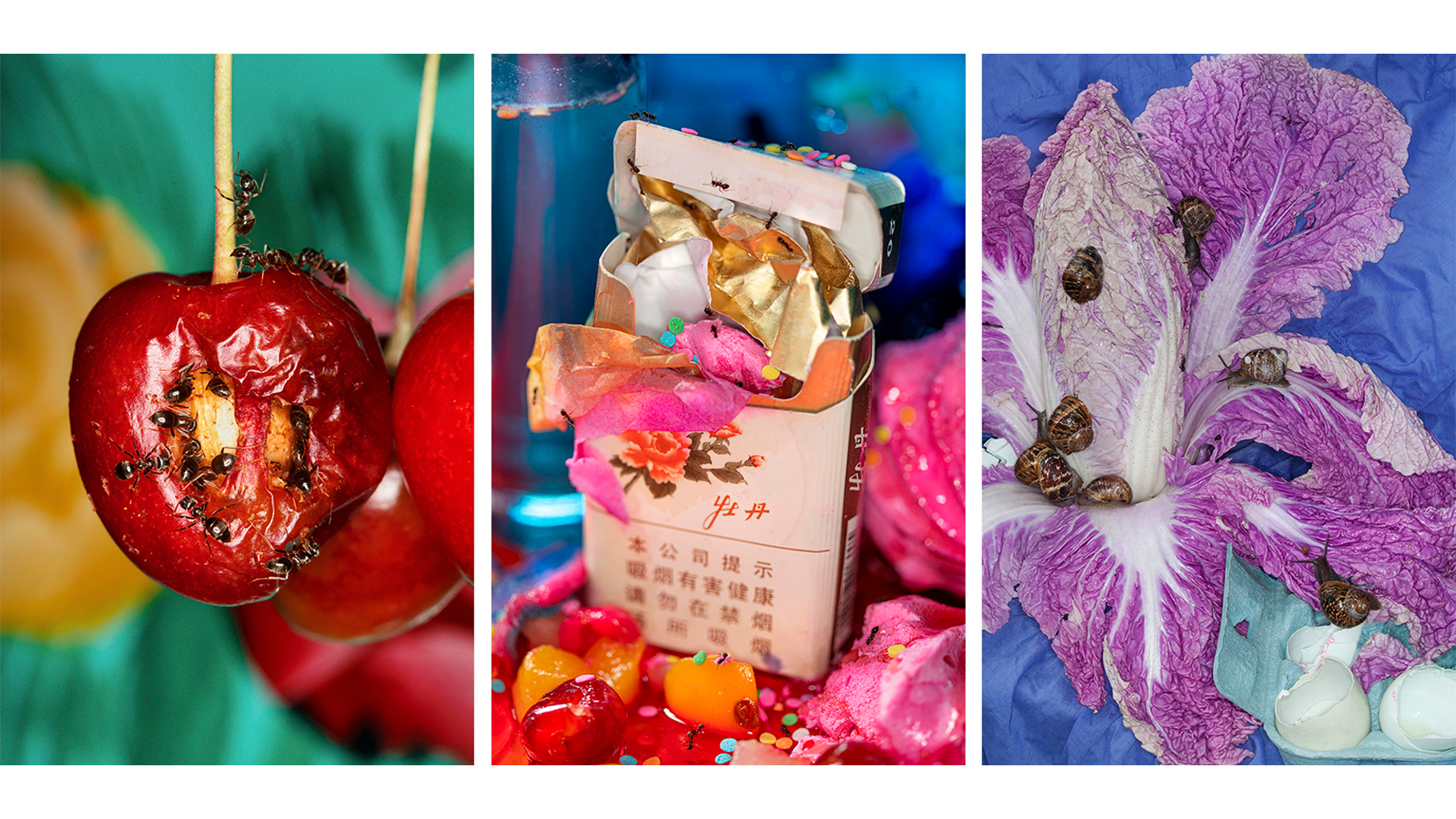 Photographer Maisie Cousins on nostalgia, impulsive making and ‘collecting useless things’
Photographer Maisie Cousins on nostalgia, impulsive making and ‘collecting useless things’Explore the vision of British artist Maisie Cousins in ‘Through the lens’, our monthly series spotlighting photographers who are Wallpaper* contributors
By Sophie Gladstone
-
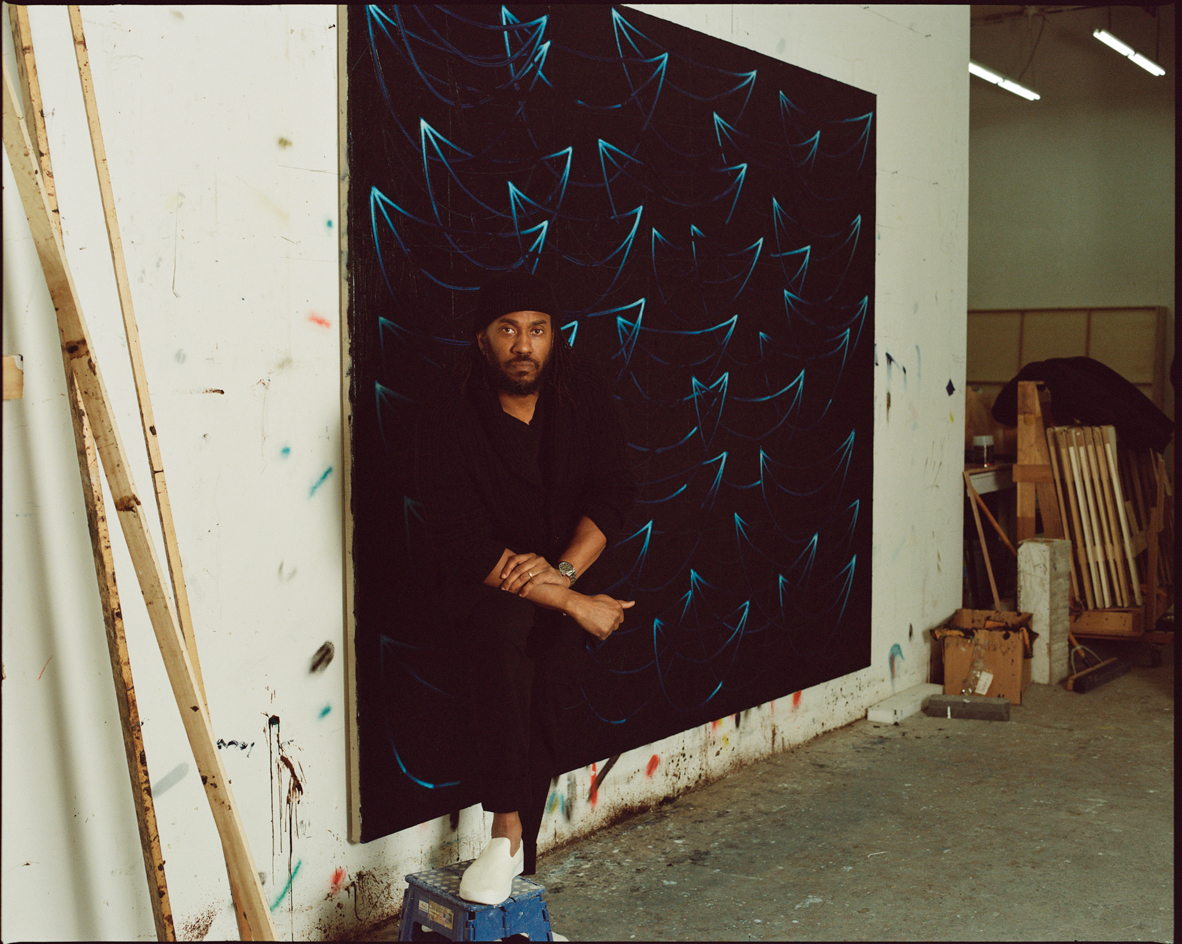 Rashid Johnson in Menorca: a journey through migration, longing and togetherness
Rashid Johnson in Menorca: a journey through migration, longing and togethernessWe visited Rashid Johnson’s Brooklyn studio ahead of the artist’s show at Hauser & Wirth Menorca, which contemplates drift – physical and emotional
By Osman Can Yerebakan
-
 Step inside the kaleidoscopic universe of Pipilotti Rist
Step inside the kaleidoscopic universe of Pipilotti RistSwiss artist Pipilotti Rist, who headlines Wallpaper’s November 2022 issue, has transformed the way we see, with a poetic yet playful practice spanning three decades. Here, and in a special portfolio, she reveals how she has liberated video art from its conventions, imbued the digital realm with emotion, animated public spaces, and harnessed the healing powers of colour
By Jessica Klingelfuss
-
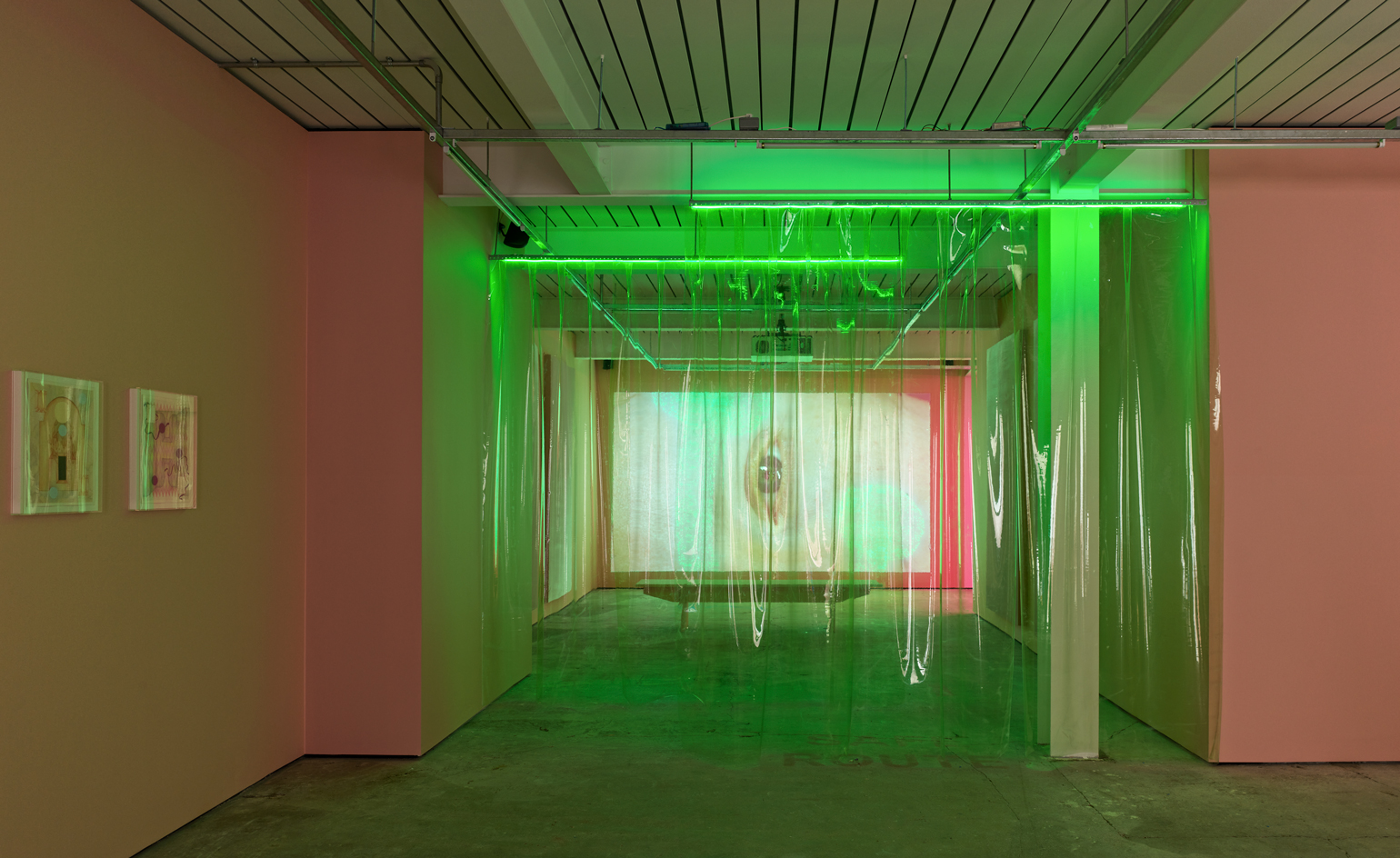 Gathering: the new Soho gallery blending art and social activism
Gathering: the new Soho gallery blending art and social activismGathering, the newest gallery resident in London’s Soho, will focus on contemporary art exploring systemic social issues. Ahead of Tai Shani’s inaugural show, we speak to founders Alex Flick and Trinidad Fombella about their vision for the gallery
By Harriet Lloyd-Smith